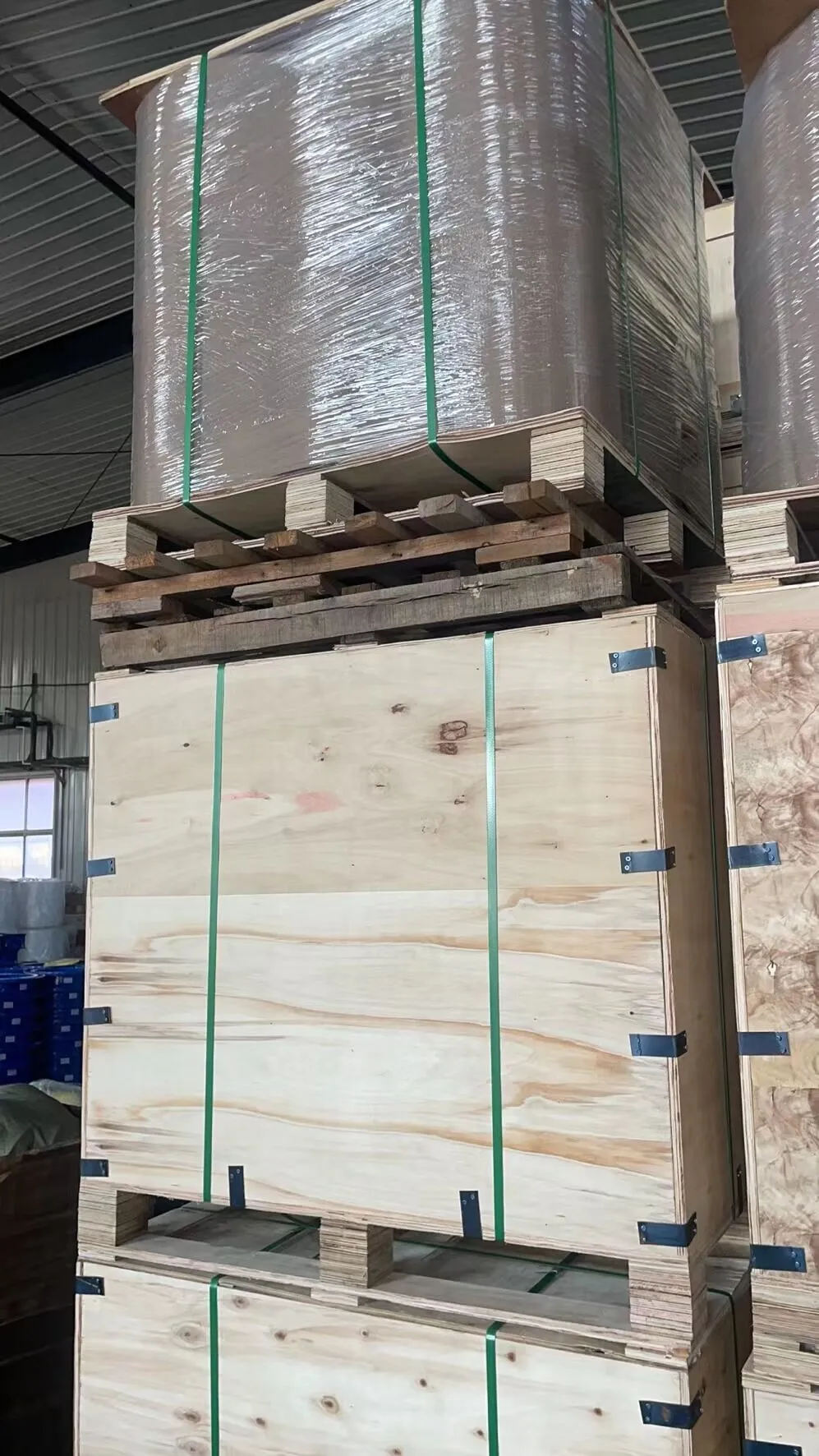metal to metal seated butterfly valves
Metal to Metal Seated Butterfly Valves An Overview
When it comes to industrial fluid control, metal to metal seated butterfly valves represent a crucial innovation, offering resilience and efficiency in demanding environments. These valves combine durability with precision, making them suitable for a wide range of applications, from oil and gas to water treatment and chemical processing.
Key Features
The defining characteristic of metal to metal seated butterfly valves is their seat design. Unlike traditional soft seated valves, which use materials like rubber or plastic to create a seal, metal to metal seated valves utilize rigid, metallic surfaces. This design allows for a tighter seal and better resistance to high temperatures and pressures. They can handle extreme conditions without compromising performance, making them ideal for corrosive substances and high-stakes situations.
Benefits
One of the primary advantages of metal to metal seated butterfly valves is their longevity. The metal seat can withstand environments that would degrade softer materials, thus extending the valve's service life and reducing maintenance costs. Additionally, these valves can achieve a bubble-tight shutoff, providing reliable performance even at elevated pressures.
Another significant benefit is their compact design. Butterfly valves are inherently space-saving due to their slim profile and lightweight nature compared to gate or globe valves. This makes installation and retrofitting simpler and less expensive, a critical factor in modern industrial applications where space is often at a premium.
Applications
metal to metal seated butterfly valves

Metal to metal seated butterfly valves are commonly used in various industries due to their robust characteristics. In the oil and gas sector, they are ideal for upstream and downstream operations where high pressure and temperature fluctuations are common. In water treatment plants, these valves help manage flow control, ensuring efficient processing of municipal and industrial water supplies.
The chemical processing industry also relies on these valves for throttling and regulating flow in pipelines transporting hazardous materials. Their ability to resist corrosion makes them perfect for dealing with aggressive chemicals that could damage lesser materials, thereby ensuring the safety and efficiency of operations.
Maintenance and Standards
While metal to metal seated butterfly valves are designed to last, proper maintenance is essential to ensure their longevity and optimal performance. Regular inspections and timely servicing can prevent breakdowns and help in identifying potential issues before they escalate.
Moreover, manufacturers of these valves adhere to strict industry standards, such as those set by the American Society of Mechanical Engineers (ASME) and the American Petroleum Institute (API). This ensures that the valves not only meet but often exceed the necessary safety and performance requirements.
Conclusion
In summary, metal to metal seated butterfly valves are an indispensable component in the realm of industrial fluid control. Their robust design, longevity, and versatility make them a favorite choice across various sectors. As industries continue to push the boundaries of efficiency and reliability, these valves will undoubtedly remain at the forefront, ensuring that systems operate smoothly and safely. For those seeking reliable solutions in challenging environments, investing in metal to metal seated butterfly valves is a prudent decision.
-
The Smarter Choice for Pedestrian AreasNewsJun.30,2025
-
The Gold Standard in Round Drain CoversNewsJun.30,2025
-
The Gold Standard in Manhole Cover SystemsNewsJun.30,2025
-
Superior Drainage Solutions with Premium Gully GratesNewsJun.30,2025
-
Superior Drainage Solutions for Global InfrastructureNewsJun.30,2025
-
Square Manhole Solutions for Modern InfrastructureNewsJun.30,2025
-
Premium Manhole Covers for Modern InfrastructureNewsJun.30,2025
